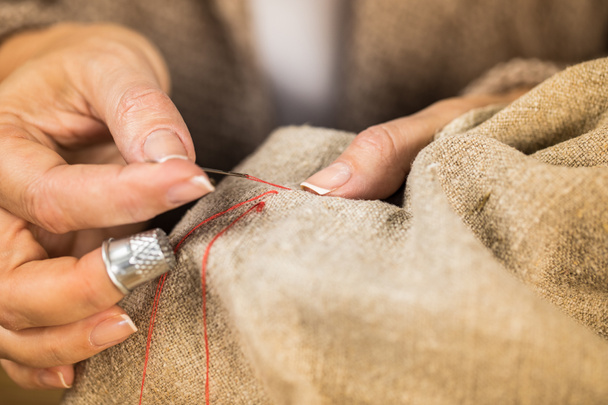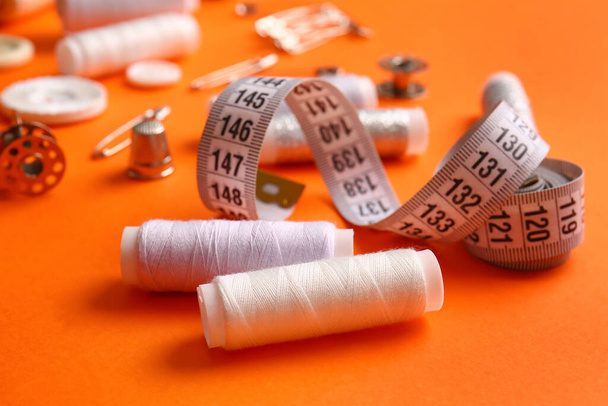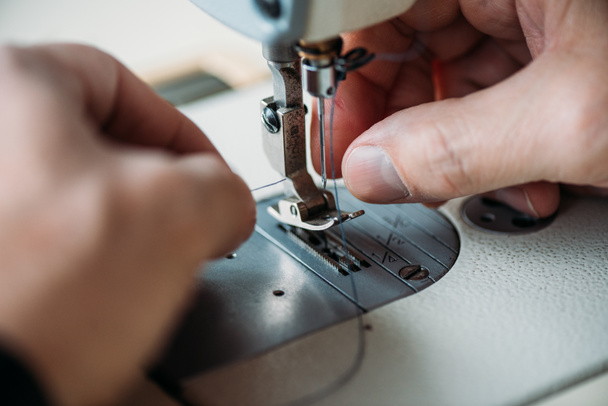In the world of fashion, one of the most important aspects of dressing well is ensuring that your clothes fit you perfectly. A well-tailored outfit can make all the difference between looking average and looking fabulous. Unfortunately, many people often settle for off-the-rack clothing that doesn’t suit their body shape or size. This article explores how you can find the perfect fit for your clothes through smart tailoring tips, tricks, and strategies that will make your outfits flatter your body and boost your confidence.
The Importance of the Right Fit
The fit of your clothes can either make or break your look. Clothes that fit well not only enhance your body shape but also improve your posture and comfort. On the other hand, ill-fitting clothes can make you appear frumpy, uncomfortable, and unpolished. The right fit highlights your best features while downplaying areas you’re less confident about. Whether you’re dressing for work, a special occasion, or casual outings, the right fit elevates your overall appearance.

The first step to achieving the perfect fit is understanding your body shape. Knowing your body’s proportions will allow you to make better decisions when selecting clothes or seeking a tailor’s assistance. Below are a few body shapes to consider and how to dress them:
- Hourglass: If you have a well-defined waist and equal bust and hip measurements, you have an hourglass figure. Tailored clothes that accentuate your waist, like fitted blazers or dresses, can help showcase your shape. Avoid overly loose clothing, as it can hide your natural curves.
- Apple: Apple-shaped bodies tend to have a fuller upper body with narrower hips. Choose clothing that draws attention away from the waist and focuses on the lower body. Empire waist dresses, A-line skirts, and pants with a slight flare can balance the proportions.
- Pear: Pear-shaped bodies often have wider hips and a narrower upper body. Emphasizing the upper body with bright colors, patterns, and structured tops can create balance. A-line skirts and trousers with a bit of room at the hips also help in creating a more balanced silhouette.
- Rectangle: Rectangle-shaped bodies have fairly equal bust, waist, and hip measurements. To add curves, choose clothes that create the illusion of a waist. Peplum tops, tailored jackets, and dresses with belts are excellent choices.
- Inverted Triangle: If you have broader shoulders and a narrower waist and hips, the inverted triangle shape may describe your body. Focus on clothes that balance your proportions, such as A-line skirts and flared pants. Avoid clothes that add bulk to the shoulders, like puffed sleeves or overly structured jackets.
Basic Tailoring Tips
Once you’ve identified your body shape, it’s time to dive into tailoring tips that can help you achieve the perfect fit. Whether you’re altering clothes you already own or buying something new, these tips will guide you toward achieving a flattering look.

1. Know Your Measurements
Knowing your body measurements is a crucial first step in ensuring that clothes fit properly. Even if you’re shopping online or at a store, accurate measurements help you select clothing that suits your frame. The main measurements to keep in mind are:
- Bust: Measure around the fullest part of your bust while keeping the tape comfortably snug but not tight.
- Waist: Measure around your natural waistline, which is located above your belly button and below your ribcage.
- Hips: Measure around the fullest part of your hips, typically around the top of your thighs.
- Inseam: Measure from the top of your inner thigh to the bottom of your ankle.
Additionally, understanding how clothing fits in different areas—such as the shoulders, sleeves, and rise of pants—will give you the ability to spot garments that require alterations.
2. Alter the Waist
The waist is a critical area to focus on for achieving a flattering fit. Many off-the-rack clothes, especially pants and skirts, are made with a standard waistband that may not fit everyone perfectly. If a pair of pants fits everywhere except the waist, a tailor can easily take in or let out the waistband to create a better fit.
A dress or blazer can also benefit from waist adjustments. If the waistline feels too loose or tight, you can ask the tailor to adjust it to your natural waist or reposition the waistline for a more balanced look. The key here is ensuring that the waistline of the garment doesn’t create unnecessary bulk, but instead accentuates the smallest part of your body.
3. Fit the Shoulders First
The shoulders of a jacket, blazer, or shirt are perhaps the most challenging area to alter. A garment that doesn’t fit correctly in the shoulders can’t be fixed with minor tailoring adjustments. If the shoulders are too tight, it can restrict your movement and make the entire outfit uncomfortable. On the other hand, if the shoulders are too loose, it can make you look sloppy and unpolished.
When trying on jackets or blazers, make sure the shoulder seams align with the edge of your shoulder. If you’re unsure, take the time to check in front of a mirror and move your arms to see how the fabric moves. For shirts, consider opting for slightly stretchy fabrics to allow more freedom in movement without compromising on fit.
4. Adjust the Sleeve Length
The length of sleeves can dramatically affect how your shirt, jacket, or blazer looks. Sleeves that are too long or too short can throw off the overall balance of an outfit. For jackets and blazers, a general rule of thumb is that your sleeves should hit just above the wrist bone, allowing about half an inch of shirt cuff to peek out.
When tailoring a dress shirt or jacket, the tailor can shorten or lengthen the sleeves as needed. For pants, adjusting the length of the inseam is key to achieving the right fit. Properly hemmed pants should break slightly over your shoes, creating a sharp, clean line.
5. Perfect the Pants Fit
For pants, the fit around your waist, hips, and thighs is vital. Many people struggle with pants fitting perfectly in one area but not the others. For example, pants might fit comfortably around the waist but be too tight in the thighs or too loose around the ankles. This is where tailoring comes in. If you’re unsure about the fit, a tailor can adjust the waist, hip, and thigh areas to give you a more flattering silhouette.
Another important consideration is the length of the pants. Pants that are too long can make your legs look shorter, while pants that are too short can disrupt the flow of the outfit. When in doubt, it’s best to have a tailor adjust your pants to the ideal length based on your height and preferred fit.
6. Consider the Fabric
The fabric of your clothing plays an important role in how the garment will fit and flatter your body. Lightweight fabrics like cotton and linen can be more breathable but might not hold shape as well. Thicker fabrics such as wool and denim provide more structure and can be more forgiving when tailoring.
When selecting clothes, consider the fabric’s stretch and drape. Fabrics with a bit of stretch can give more flexibility, making them easier to fit. However, fabric that is too stretchy may cling to certain areas, so finding the right balance is key. When working with a tailor, make sure they understand how the fabric will behave after alterations to ensure the fit is flattering and comfortable.
How to Shop for the Perfect Fit
Finding the perfect fit doesn’t only rely on tailoring; choosing the right clothes to begin with is essential. Here are some shopping tips to help you find pieces that are more likely to flatter your body from the start:
1. Look for Versatile Styles
When shopping, look for clothing with adjustable features such as belts, waistbands with stretch, and pleats. These pieces are easier to tailor to your specific body shape. Versatile cuts like A-line dresses, wrap dresses, and straight-leg pants are more forgiving and work well for various body types.
2. Pay Attention to Proportions
It’s important to consider the proportions of clothing in relation to your own body shape. For example, a high-waisted skirt can elongate the legs, while a fitted top can highlight the waist. Similarly, you can balance out wider hips by choosing structured tops or jackets with clean lines and sharp tailoring.
3. Don’t Be Afraid to Try Different Sizes
Many people make the mistake of shopping for only one size. Depending on the brand and fit, you may need to size up or down. When trying on clothes, don’t focus solely on the number on the tag—focus on how the garment fits your body.
Final Thoughts
The perfect fit is all about confidence, comfort, and making sure your clothes highlight your best features. Whether you’re shopping for new pieces or working with a tailor to adjust your existing wardrobe, understanding your body shape, taking accurate measurements, and focusing on key areas like the waist, shoulders, and pants length will ensure that you always look your best. With these tips and tricks, you’ll be able to create a wardrobe full of well-fitting, flattering clothes that make you feel amazing every time you wear them.



